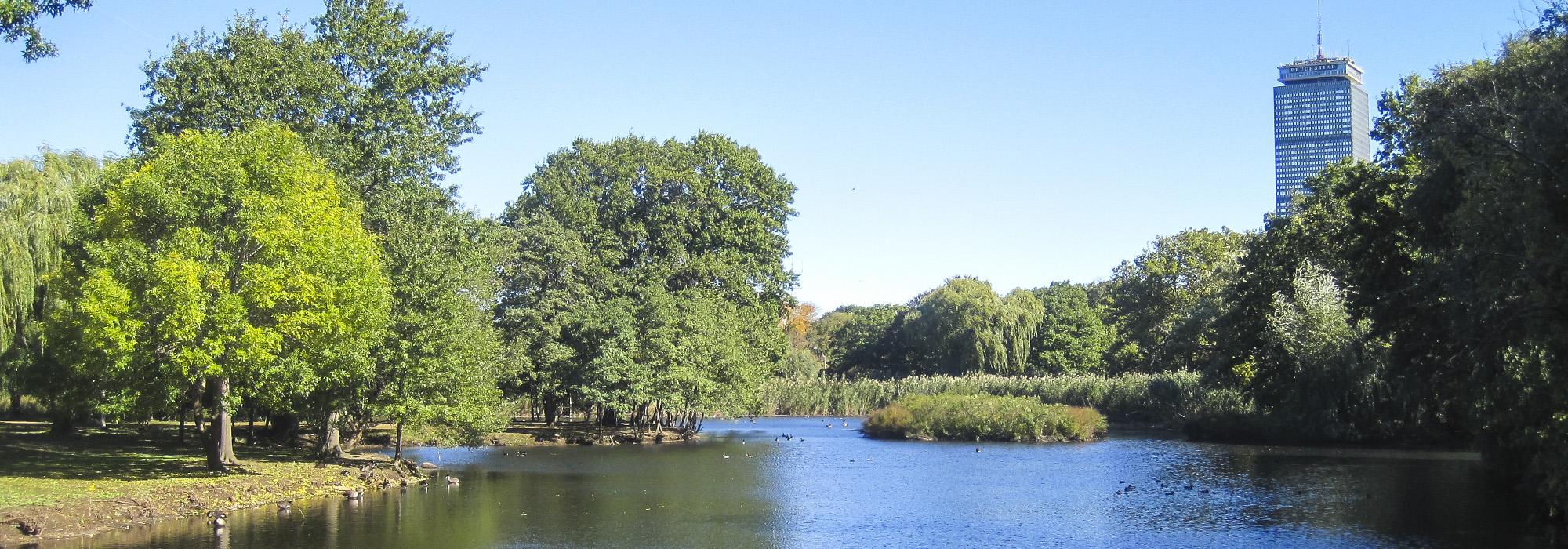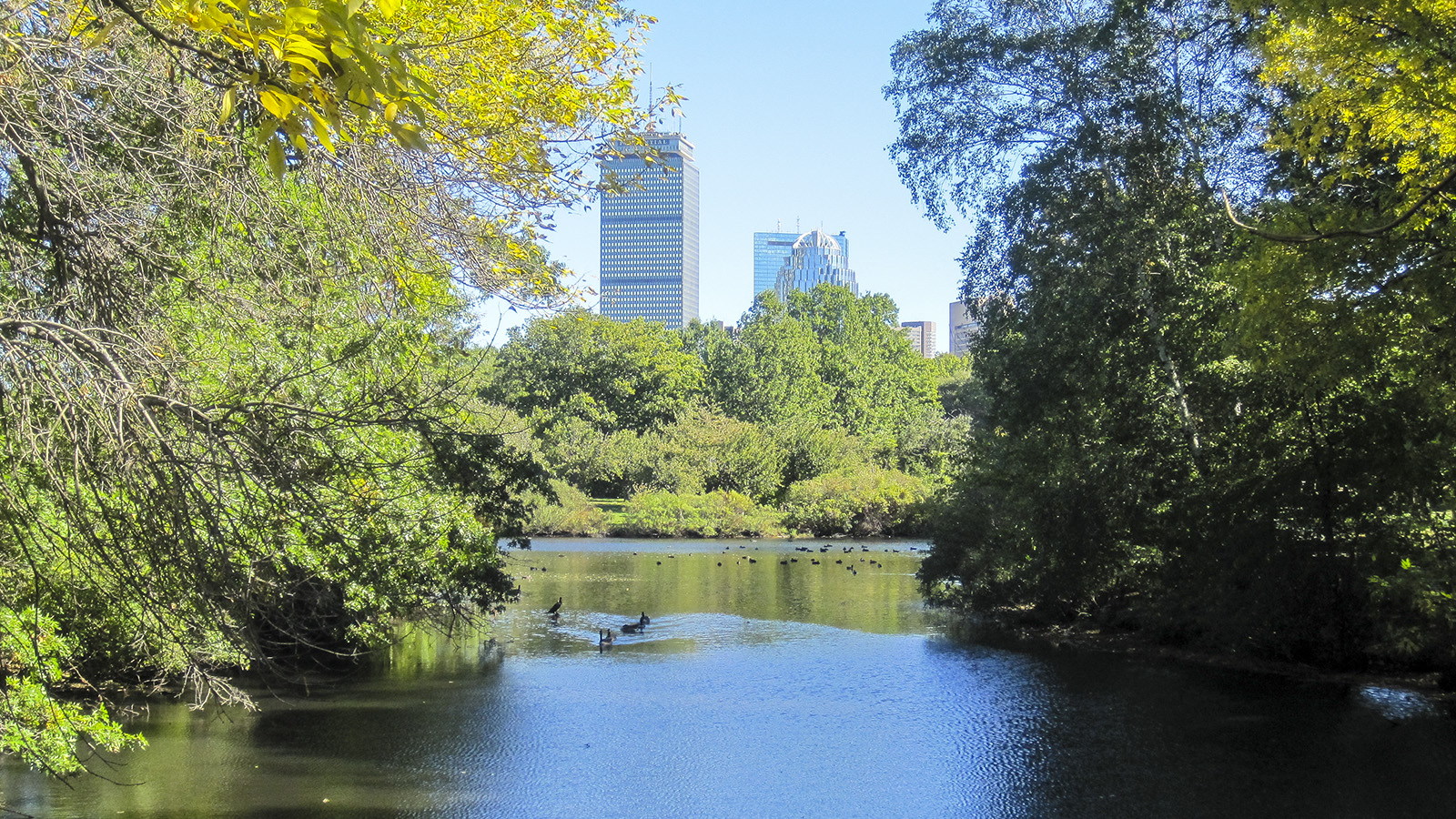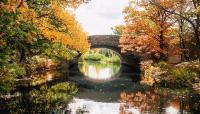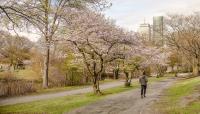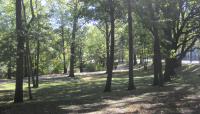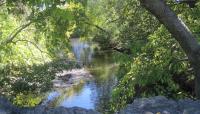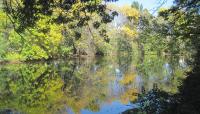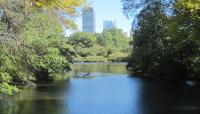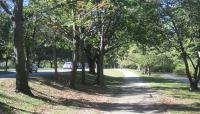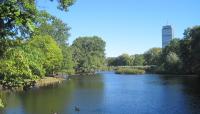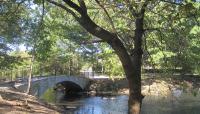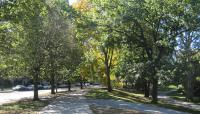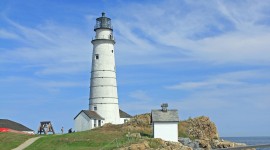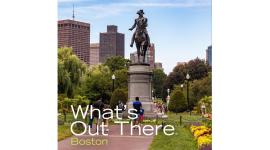Landscape Information
Initially called Back Bay Park, the park was renamed to reflect Frederick Law Olmsted, Sr.’s vision for a restored saltwater marsh. Through his 1879 plan, Olmsted called for passages of Picturesque scenery through an ecologically healthy wetland able to absorb flood waters. Realized with assistance from John Charles Olmsted, the plan provided a solution for the ever-increasing sewage outfalls from the burgeoning city population, while also creating a retention area during periods of flood. In addition to the innovative use of native plants, the Fens included several bridges and a gatehouse. Architect H.H. Richardson designed the Boylston Street Bridge and the Stony Brook Gate House while the Agassiz and the Fen Bridges were designed by John Charles Olmsted. After the Charles River was dammed in 1910, the ecology of the Fens shifted from salt to freshwater; redesign solutions were undertaken with Arthur Shurcliff, including the southern basin near the Museum of Fine Arts and the Kelleher Rose Garden. In 1941 a victory garden was planted during wartime. A number of war memorials have also been added over time as has a playground known as Mother’s Rest designed by Walker-Kluesing Design Group. Between 1989 and 1993 Pressley Associates restored the Agassiz Bridge and the Fenway Victory Gardens. Back Bay Fens is connected to the Emerald Necklace by the Fenway and Park Drive parkways. The Fens was included in the Emerald Necklace Park master plan by the Walmsley/Pressley Joint Venture in 1989. It was listed in the National Register of Historic Places in 1971 as part of the Olmsted System nomination.



